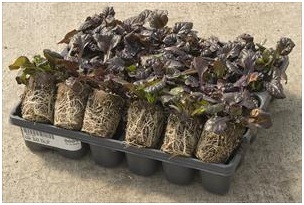info@bloomindesigns.com
Welcome to our perennial plant nursery!
Imagine More Perennial Plants Than You Can Imagine, Delivered To You.
Free Shipping to most states
Shop by Category
Shop by Brand
Shop by Brand
Ajuga

Ajuga (Bugleweed) is a low-maintenance ground cover that thrives in sun or shade and is adaptable to various soil conditions. Its dense mat of foliage makes it an excellent choice for erosion control and weed suppression. In spring, Ajuga bursts with colorful spikes of blue, pink, or white flowers.
